5 Best Mining Stocks to Buy Now
Gold mining stocks have been on a tear in 2020, but they're not the only way to profit off digging into the ground.
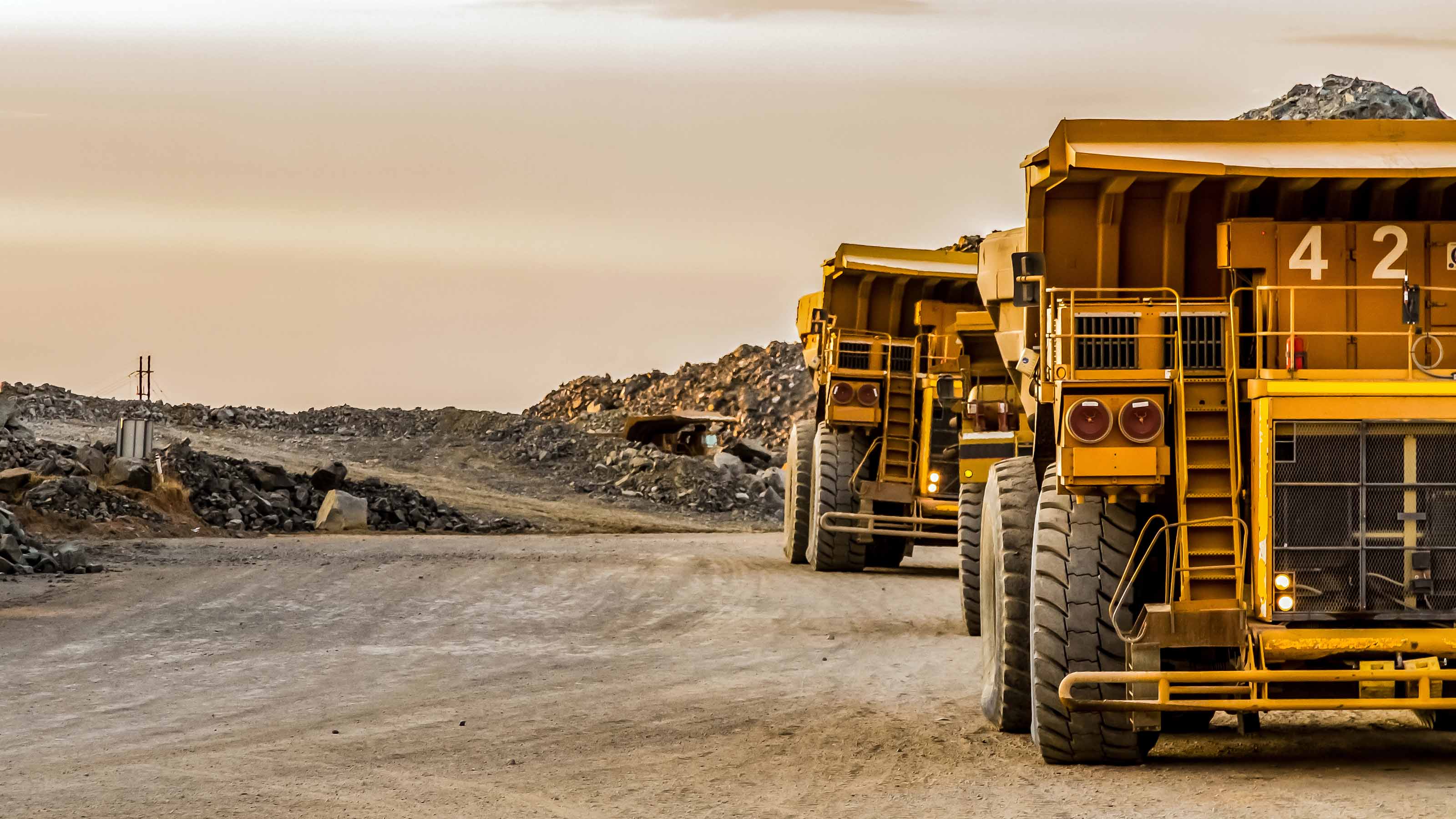

When investors think of mining stocks, they typically think of gold miners – the firms that search for and extract gold, and become popular whenever gold prices soar, like they have in 2020.
Gold mining stocks, often used as a hedge against disaster, can indeed be fruitful investments. Factors such as uncertainty and fear in traditional stocks, or a weak U.S. dollar, can drive gold prices (and in turn, gold stocks) higher, and because their prices aren't strongly correlated to the broader market, they can be a useful source of portfolio diversification.
But they're not the only ways to invest in extracting valuable commodities from the ground. Diversified mining stocks that produce ores such as iron and copper can be used to position portfolios to reap the riches of economic expansion and infrastructure spending. And companies searching for other elements that are powering today's newest technologies can provide high growth potential.
Today, we'll look at five of the best mining stocks to buy today. For the most part, we're targeting companies with strong financial positions that can generate gobs of cash – in other words, firms with the resources to ride out rockier periods for their underlying commodities. But we'll also examine one more aggressive pick that might not have the cleanest of balance sheets, but does boast explosive potential.
Data is as of Oct. 19. Dividend yields are calculated by annualizing the most recent payout and dividing by the share price.

Newmont Mining
- Market value: $49.6 billion
- Dividend yield: 1.6%
Newmont Mining (NEM, $61.71), an S&P 500 component, is one of the world's top gold mining stocks and its overall top producer. It operates in nine countries, including the U.S., across four continents, and it boasts the largest gold reserves in the world, at just more than 100 million ounces.
That said, it's not completely undiluted exposure to gold – it also produces copper, silver, zinc and lead.
Newmont offers significant upside potential as the company realizes the full breadth of two recent deals. In April 2019, NEM acquired major producer Goldcorp, targeting $365 million in synergies before any sales of as much as $1 billion in what the company determined were "non-core" assets. Newmont also entered into a joint venture with Barrick Gold (GOLD) in March 2019, combining both companies' assets in Nevada to create Nevada Gold Mines, with target synergies of up to $500 million.
"We think NEM is poised to unlock value at several underperforming assets in the legacy Goldcorp portfolio," writes CFRA analyst Matthew Miller, who rates the stock at Buy.
Meanwhile, Miller also lauds the company's "top tier" balance sheet, which includes $5.5 billion in long-term debt, but $4.1 billion in cash to counterbalance most of that. The company also has paid dividends for years, and it raised the stakes considerably in 2020 with a 79% hike to its current 25 cents per share.

Barrick Gold
- Market value: $48.0 billion
- Dividend yield: 1.2%
Barrick Gold (GOLD, $27.02) is primarily a gold-and-copper miner that has operations and/or projects in 13 countries scattered across five continents. That diversification pays off in gold mining, as gold is often found in places where governments are unstable, so political conditions might cause the occasional slowdowns or even stoppages in operations.
And Barrick recently surprised much of Wall Street by attracting the interest of one Warren Buffett, the CEO of Berkshire Hathaway (BRK.B).
It was an unexpected move given that Buffett has excoriated gold in his past. "It doesn't do anything but sit there and look at you," he has previously said of the yellow metal.
But gold mining stocks are another story.
What Buffett likely sees in Barrick is its ability to generate cash. Barrick has totaled roughly $2.2 billion in free cash flow (FCF) – the cash left over once a company pays expenses, interest on debt, taxes and long-term investments – over the trailing 12 months, up from $1.1 billion in 2019. You can thank both rising gold prices as well as its late 2018 merger with Randgold for the healthy bump.
Barrick has trimmed its long-term debt from more than $12 billion in 2014 to just about $5 billion today, and it has about $3.7 billion in cash to balance out most of that remainder. In the meanwhile, GOLD has also more than doubled shareholder equity from about $10 billion to more than $21 billion as of 2019. The takeaway is that Barrick is a considerably less levered company, which is good news for a commodity-driven business where prices can (and do) vary wildly.
In fact, Barrick's balance sheet is so strong that it's able to offer up a modest dividend – an 8-cent-per-share payout that has quadrupled in just four years.
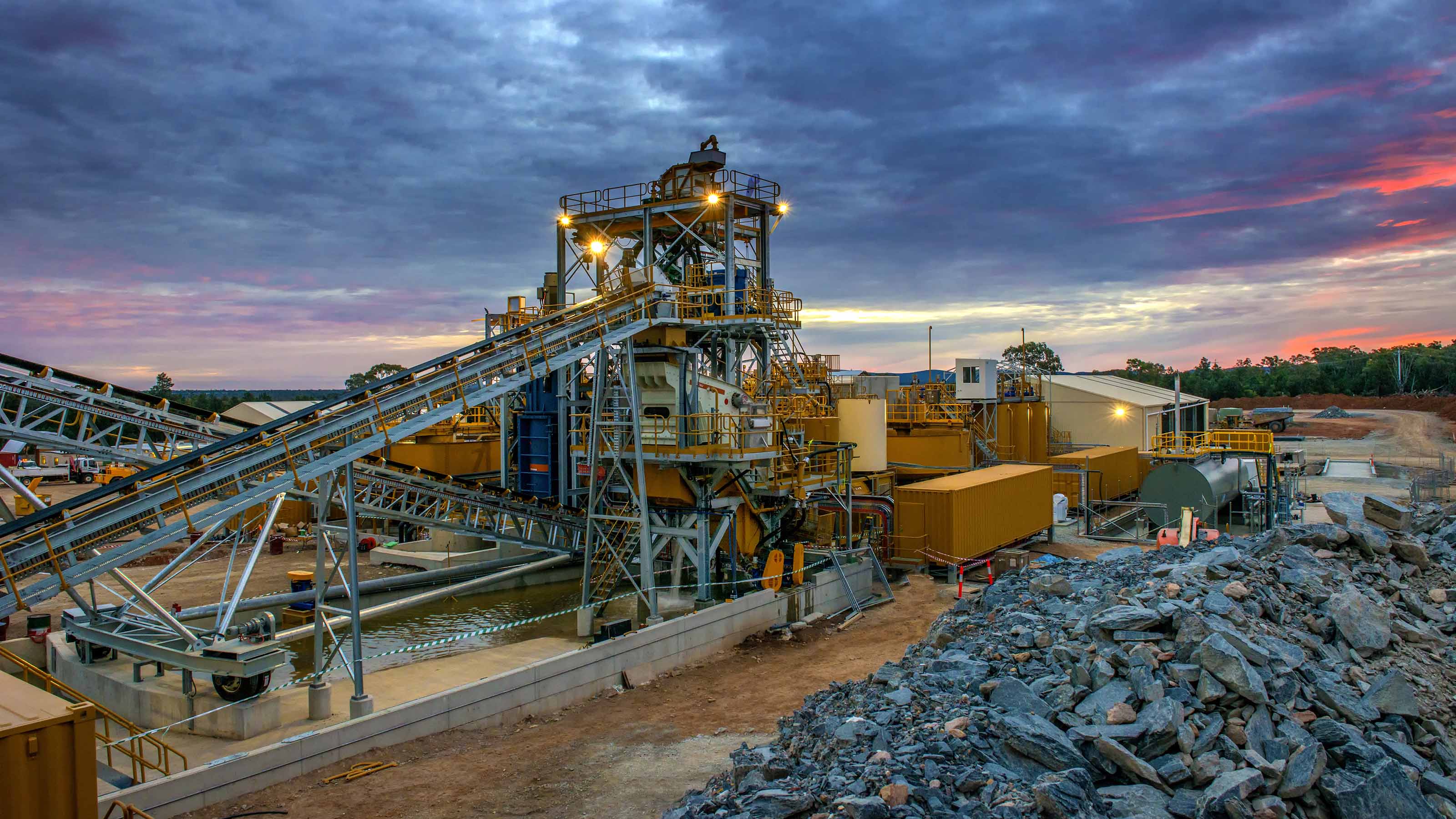
Kirkland Lake Gold
- Market value: $13.4 billion
- Dividend yield: 1.5%
You can get a similar bundle of traits, but in a smaller package, with Kirkland Lake Gold (KL, $48.58).
Kirkland Lake, which is a fraction of the size of Newmont and Barrick, has operations in just two countries, but they're stable ones: Canada and Australia. The company expects to produce 1.35 million to 1.4 million ounces of gold in 2020; compare that to Barrick, which is modeling 4.6 million to 5.0 million ounces.
Financially, you could argue that Kirkland Lake is in even better position than both titans, as it currently sports zero debt against roughly $540 million in cash. Moreover, this gold mining stock should generate close to $1 billion in cash in 2020, and Credit Suisse analysts expect the figure to more than double, to nearly $2 billion, in 2021.
Investor enthusiasm for Kirkland lately has centered around its $3.7 billion acquisition of Detour Gold, which closed in January 2020. Detour's production costs were higher than Kirkland's, but this may have been part of the allure – Kirkland Lake might be able to lower costs for what already is a profitable operation. As of the most recent quarterly report, Detour already was contributing approximately 40% of KL's free cashflow. It's possible Kirkland could wring more productivity out of Detour's cost structure.
That's good news for shareholders, who are enjoying an explosive dividend. Kirkland Lake initiated a penny-per-share quarterly payout in 2017, which has grown several times since then, including this year's more-than-doubling to 12.5 cents per share. While it's a massive increase, it's just 14% of Credit Suisse's projected 2020 earnings, and 7% of 2021's estimate. That indicates it's not just safe, but that there's plenty of room for additional hikes going forward.
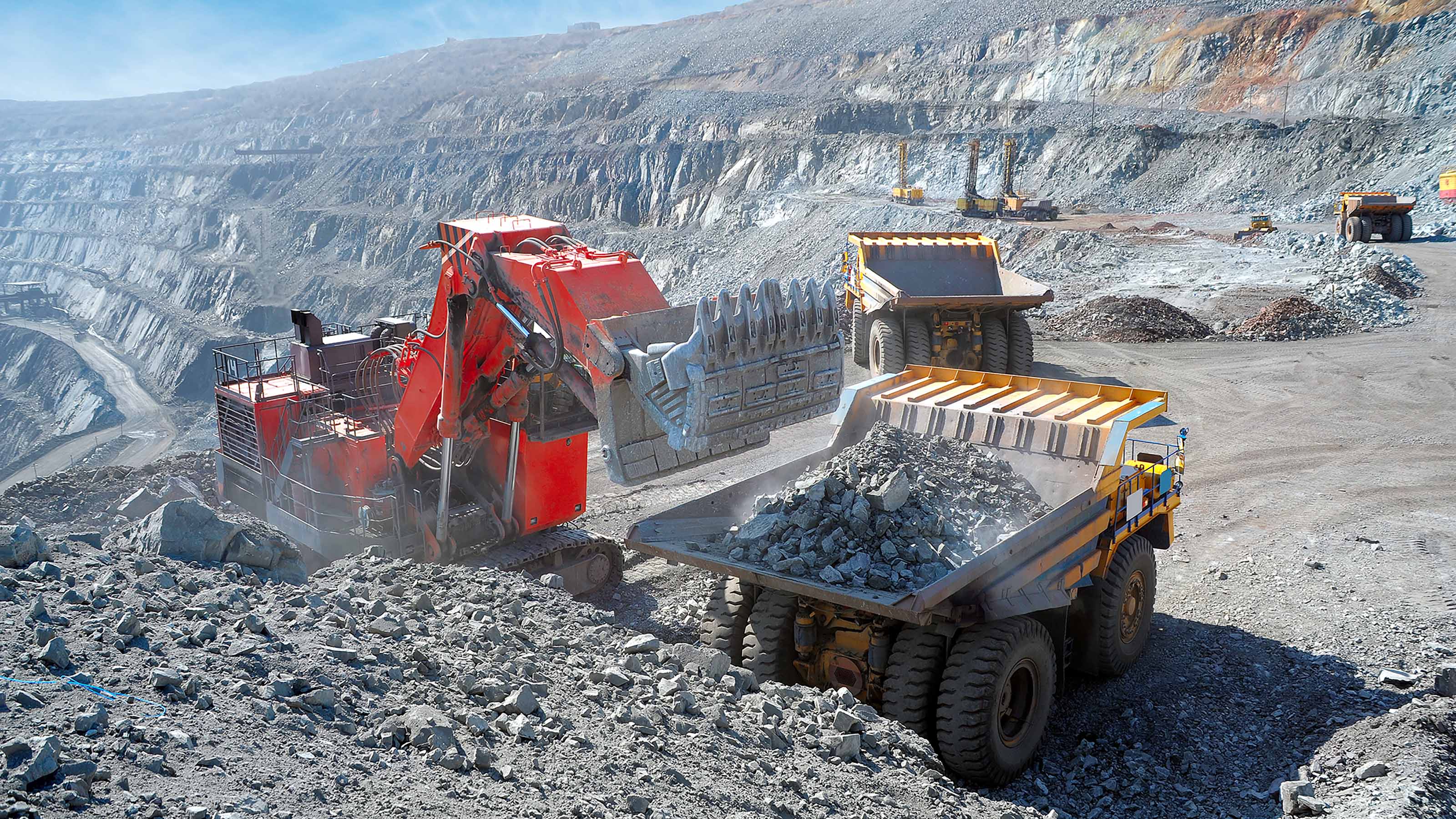
Rio Tinto
- Market value: $73.8 billion
- Dividend yield: 6.4%
Rio Tinto (RIO, $59.23) is one of the world's largest mining stocks, boasting 60 operations in 36 countries. And as it likes to point out, its variety of mined commodities are used in a wide range of end products – "iron ore for steel, aluminum for cars and smartphones, copper for wind turbines, diamonds that set the standard for "responsible," titanium for household products and borates for crops that feed the world."
But right out of the gate, investors should know that the company is going through a significant management shift. CEO Jean-Sebastien Jacques and two other senior executives stepped down under pressure in September after it was reported the company destroyed ancient Aboriginal heritage sites in Australia. That's one of the most significant corporate disruptions in the name of environmental, social and corporate governance (ESG) concerns to date, and it leaves Rio Tinto searching for a new chief.
But if Rio can find a solid successor, it could be one of the best mining stocks you can buy.
Rio Tinto has been shoring up its finances, trimming debt and capital expenditures. It has demonstrated stable operating margins – they've remained above 40% since 2017, and they hit an all-time high of 45.4% in 2019. For the prior five years, operating margins ranged from 30% to 37%.
Naturally, 2020 hasn't been as kind to Rio as it has its gold-focused brethren. Underlying earnings for the first half of 2020 dropped 3% year-over-year to $2.94 per share, and free cash flow was off 28% to $2.8 billion.
But Rio does stand to benefit from infrastructure spending in the wake of the pandemic. Investing in infrastructure remains a tried-and-true tool of injecting funds into flagging economies. China, the world's largest consumer of commodities, appears to be rebounding, and is engaged in stimulus spending. (The outlook for a broader global recovery isn't as certain, nor as robust, however.)
Also worth mentioning is a semiannual dividend that has grown for most of the past decade, and currently yields a whopping 6%-plus. Just note that the payout is tied to operating profits, so it can decline in weaker years.

Lithium Americas
- Market value: $1.2 billion
- Dividend yield: N/A
One of these things is not like the others.
Whereas the previously mentioned mining stocks stand out for their strong financial position and cash flows, Lithium Americas (LAC, $12.82) is a pure growth-potential play.
Lithium Americas is a development-stage lithium miner that is trying to bring a pair of mines – one in Argentina, and one in Nevada – to production. And the setup for the element could not be stronger.
Metals and mining research company Roskill estimates that the demand for lithium will grow at 20% per year to 2030. That demand is being driven by renewable energy, electric grid upgrades and, of course, lithium batteries for electric vehicles. Investors are particularly optimistic on the latter front, as various governments around the world are trying to curb production of gas-powered vehicles, which should boost demand for lithium batteries going forward.
As Tesla (TSLA) notes on its website: "To ramp production to 500,000 cars per year, Tesla alone will require today's entire worldwide supply of lithium-ion batteries."
Lithium Americas doesn't sport as solid a balance sheet as these other companies, with long-term debt of $158 million that's more than triple its $50 million in cash on hand. And rather than generating cash, it's burning it – about $86 million over the trailing 12 months, according to S&P Global Market Intelligence data.
And remember: The history of electric vehicles is rife with hype, which can spill into the fortunes (or misfortunes) of its suppliers. For instance, LAC shares tanked in September when Tesla CEO Elon Musk mused that his EV company might mine its own lithium. It has since doubled in value, then given back another 25%.
A long way of saying that this is a speculative and volatile stock, so handle with care.
Get Kiplinger Today newsletter — free
Profit and prosper with the best of Kiplinger's advice on investing, taxes, retirement, personal finance and much more. Delivered daily. Enter your email in the box and click Sign Me Up.

-
 Stock Market Today: Stocks Gain on Tech, Auto Tariff Talk
Stock Market Today: Stocks Gain on Tech, Auto Tariff TalkThe Trump administration said late Friday that it will temporarily halt tariffs on some Chinese tech imports.
By Karee Venema
-
 Sam's Club Plans Aggressive Expansion: Discover Its New Locations
Sam's Club Plans Aggressive Expansion: Discover Its New LocationsSam's Club expansion plans will open up to 15 new stores each year. Learn where they plan to open in 2025.
By Sean Jackson
-
 The Cheapest Places To Retire in the US
The Cheapest Places To Retire in the USWhen you're trying to balance a fixed income with an enjoyable retirement, cost of living is a crucial factor to consider.
By Stacy Rapacon
-
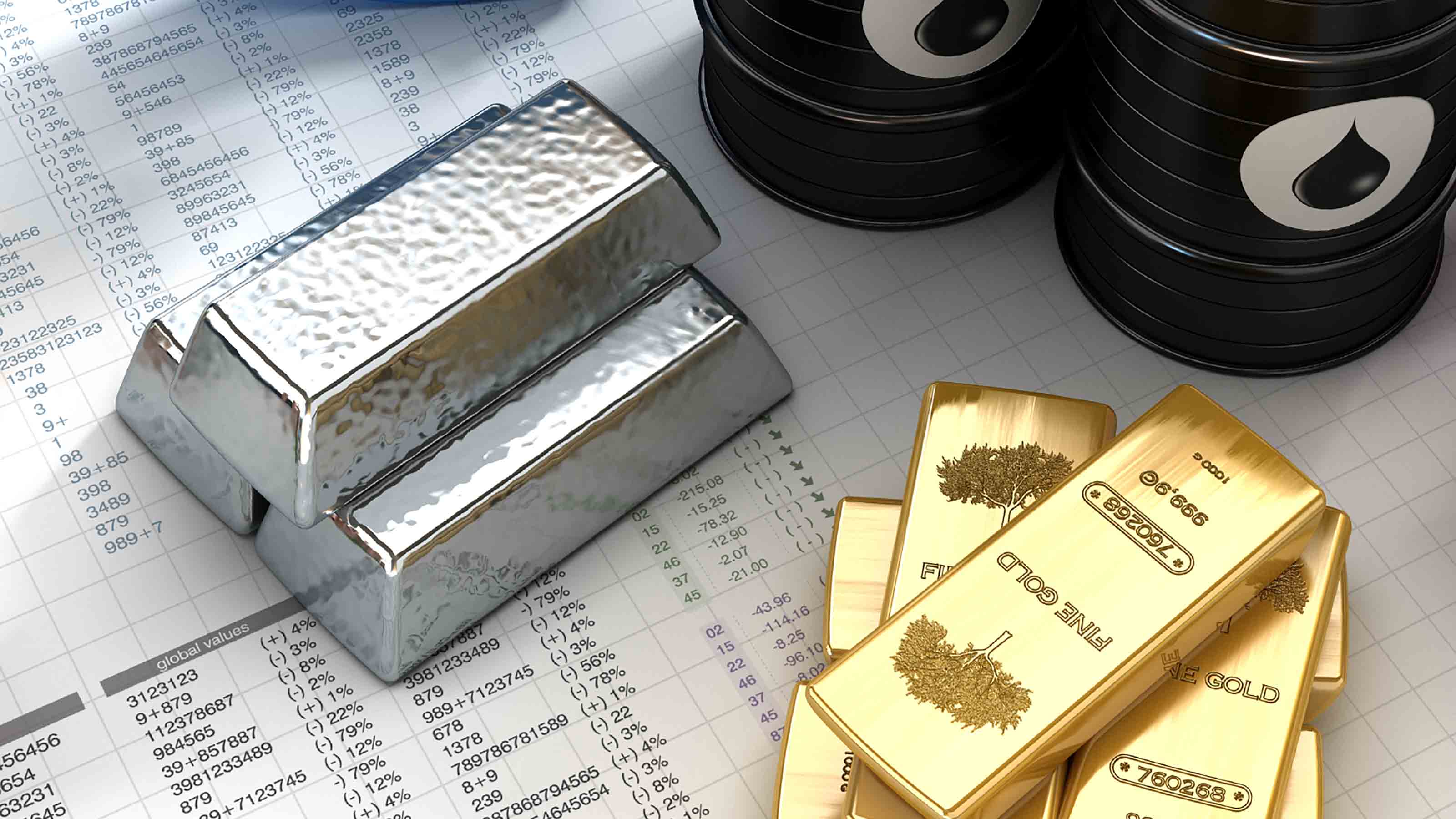 Why You Should Invest in Commodities
Why You Should Invest in CommoditiesThese portfolio diversifiers are in a long-term uptrend and show why you should invest in commodities
By Anne Kates Smith
-
 Why I Still Won't Buy Gold: Glassman
Why I Still Won't Buy Gold: GlassmanOne reason I won't buy gold is because while stocks rise briskly over time – not every month or year, but certainly every decade – gold does not.
By James K. Glassman
-
 Can Stocks Picked by Artificial Intelligence Beat the Market? 3 Stocks to Watch
Can Stocks Picked by Artificial Intelligence Beat the Market? 3 Stocks to Watchstocks An artificial intelligence stock-picking platform identifying high-potential equities has been sharp in the past. Here are three of its top stocks to watch over the next few months.
By Dan Burrows
-
 5 Stocks to Sell or Avoid Now
5 Stocks to Sell or Avoid Nowstocks to sell In a difficult market like this, weak positions can get even weaker. Wall Street analysts believe these five stocks should be near the front of your sell list.
By Dan Burrows
-
 Best Stocks for Rising Interest Rates
Best Stocks for Rising Interest Ratesstocks The Federal Reserve has been aggressive in its rate hiking, and there's a chance it's not done yet. Here are eight of the best stocks for rising interest rates.
By Jeff Reeves
-
 The 5 Safest Vanguard Funds to Own in a Volatile Market
The 5 Safest Vanguard Funds to Own in a Volatile Marketrecession The safest Vanguard funds can help prepare investors for continued market tumult, but without high fees.
By Kyle Woodley
-
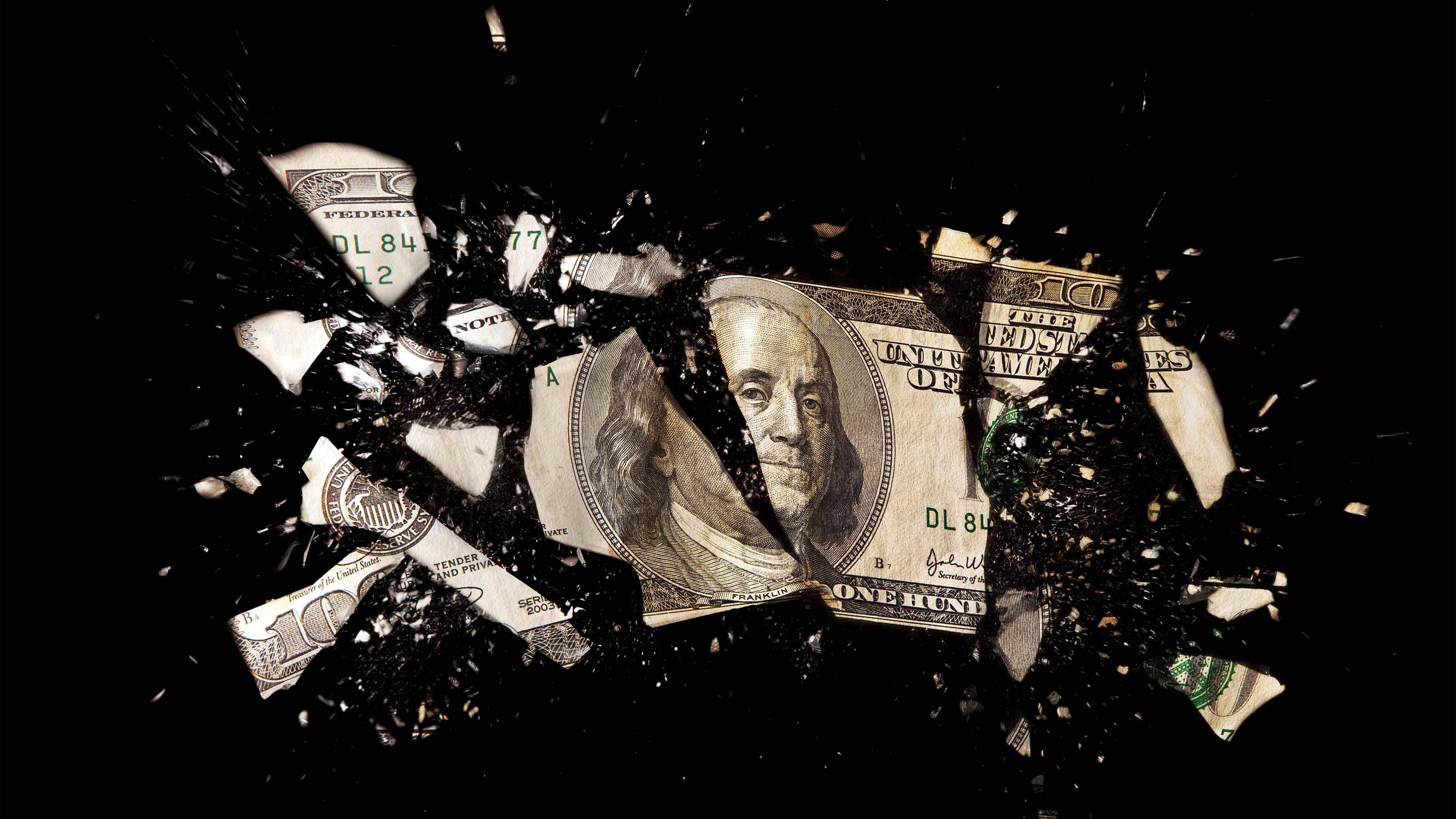 The 5 Best Inflation-Proof Stocks
The 5 Best Inflation-Proof Stocksstocks Higher prices have been a major headache for investors, but these best inflation-proof stocks could help ease the impact.
By Louis Navellier
